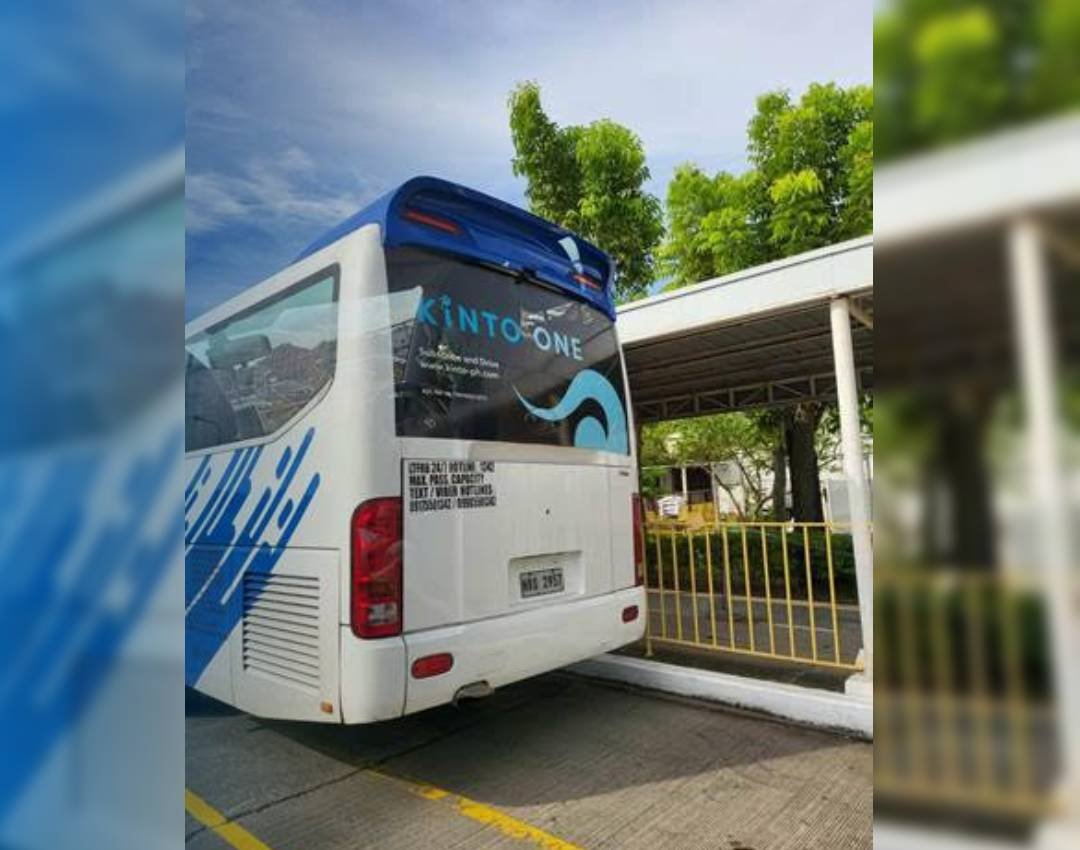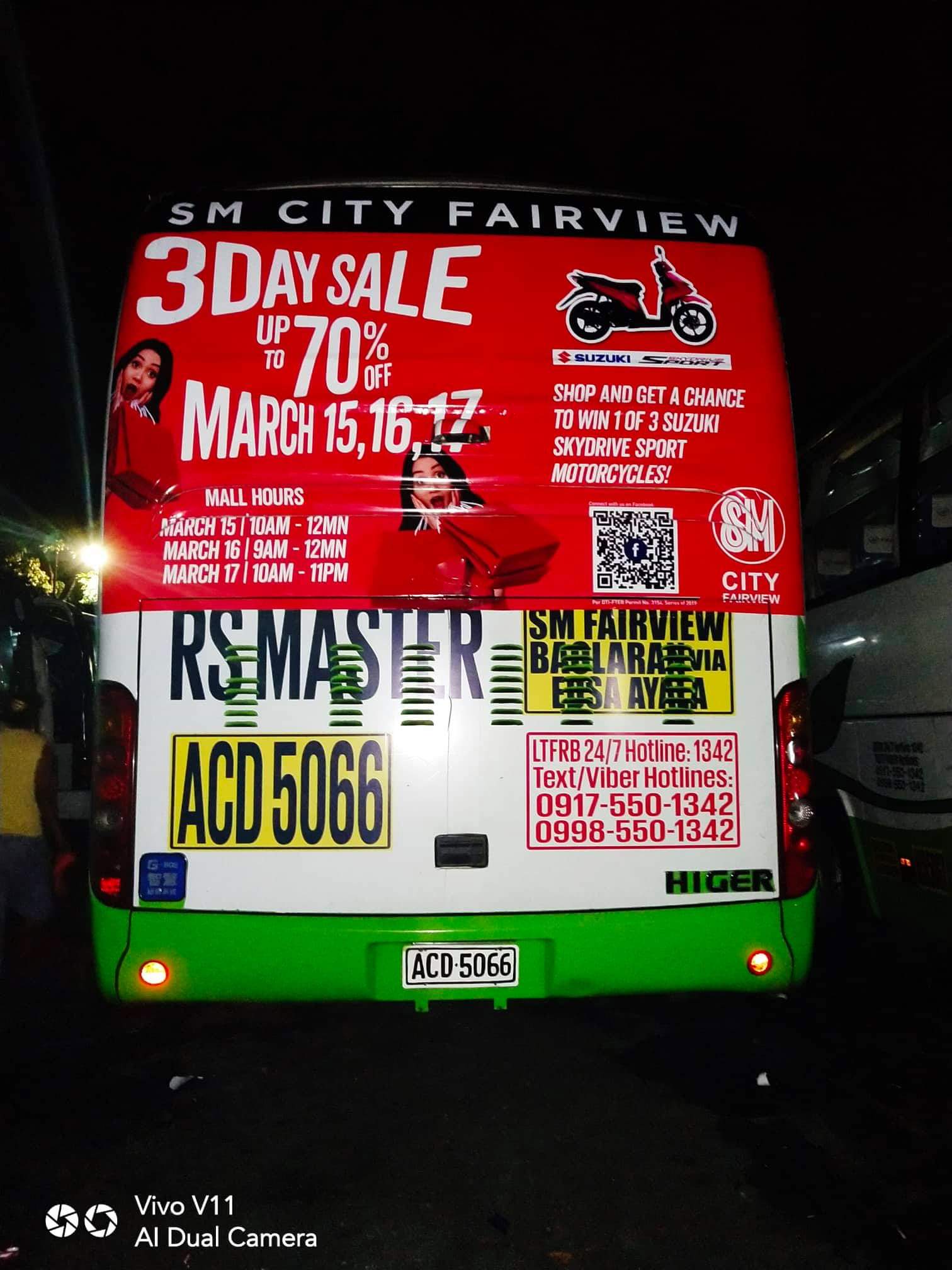Maximize Direct Exposure with Transit Advertising Philippines
Maximize Direct Exposure with Transit Advertising Philippines
Blog Article
A Detailed Assessment of the Strategies and Methods for Effective Transportation Advertising Campaigns
Transportation marketing campaign provide an one-of-a-kind chance for brands to involve with diverse audiences in vibrant settings. To attain success, it is vital to recognize the nuances of target demographics, carry out ingenious layout approaches, and pick optimum positioning areas. Furthermore, the effectiveness of these campaigns can be substantially boosted by very closely checking efficiency metrics and adapting techniques accordingly. As we check out these crucial parts, it ends up being clear that the path to an impactful transit advertising strategy is both detailed and rewarding, elevating the concern of how best to navigate these intricacies for maximum brand visibility.
Comprehending Target Demographics
Understanding target demographics is essential for the success of transit advertising and marketing campaigns (Transit Advertising Philippines). Recognizing particular audience segments makes it possible for marketers to customize their messages successfully, guaranteeing that the content resonates with the intended visitors. This method boosts engagement and takes full advantage of roi
To properly evaluate target demographics, marketers have to consider a number of vital elements, consisting of age, income lifestyle, profession, and degree choices. For circumstances, a project targeted at young professionals may concentrate on ease and modernity, while one targeting families might highlight security and integrity. In addition, geographic factors such as rural versus metropolitan settings can significantly affect consumer behavior and preferences.
Information collection methods such as studies, focus groups, and social networks analytics give beneficial insights right into market patterns and consumer practices. By leveraging this information, marketers can craft engaging stories that line up with the values and demands of their target market.
Ultimately, understanding target demographics not just educates the calculated direction of transit advertising campaigns yet additionally makes certain that sources are designated effectively. This targeted method increases the chance of attaining campaign objectives, cultivating brand name commitment, and driving conversions.
Creative Layout Methods
Effective communication with target demographics counts heavily on cutting-edge imaginative design strategies in transportation ad campaign. To successfully capture focus in a congested aesthetic atmosphere, designers must focus on clarity and aesthetic effect. Utilizing high-contrast components and bold colors can enhance visibility, making sure that messages are quickly legible from a range.
Including dynamic images that resonates with the target market is critical. Aesthetic narration strategies can evoke emotions and create remarkable associations with the brand. Moreover, strategic use typography aids convey vital details quickly; suitable dimensions and legible fonts even more improve readability.
Integrating interactive components, such as QR codes or increased fact features, can engage commuters beyond passive monitoring (Transit Advertising Philippines). These strategies not just advertise user interaction yet also connect the void between typical marketing and electronic interaction
Furthermore, utilizing room artistically-- whether on bus covers, transit shelters, or subway ads-- can cause cutting-edge designs that damage the mold and mildew of traditional advertising and marketing. By embracing artistic creativity while keeping brand name consistency, campaigns can promote a strong link with their target market, eventually driving both understanding and action. The integration of these layout strategies is extremely important for accomplishing successful transit advertising end results.
Strategic Positioning Approaches
Optimizing the effect of transportation advertising and marketing pivots on critical positioning methods that check out here ensure optimum visibility and involvement. Efficient placement entails evaluating high-traffic areas and recognizing traveler demographics to recognize the most advantageous places for advertisement screens. For example, placing ads near entryways and exits of transportation vehicles can record the interest of boarding and alighting travelers, thus improving exposure.
Additionally, utilizing both outside and indoor surface areas of transit automobiles can considerably expand reach. Outside ads, visible throughout commutes, involve pedestrians and other motorists, while indoor ads target guests in a captive atmosphere. In addition, placing ads in transit centers, such as bus terminals or train stations, allows for raised impacts as travelers transition in between different settings of transportation.
Timing is additionally critical; straightening the campaign launch with peak travel durations takes full advantage of target market interaction - Transit Advertising Philippines. In addition, leveraging digital screens en route settings can facilitate dynamic material, enhancing and supplying real-time updates customer communication. By using these strategic placement methods, marketing experts can ensure that their transit marketing campaign achieve optimal exposure, resonate with the target audience, and inevitably drive desired results

Determining Campaign Efficiency
To examine the success of transit marketing campaign, it is important to use a selection of measurement techniques that provide insights right into target market engagement and total effectiveness. One main approach is using vital efficiency signs (KPIs), such as reach, perceptions, and engagement rates, which evaluate exactly how lots of individuals connected and checked out the ad with it.
Surveys and emphasis teams can additionally contribute in determining customer assumptions and recall, enabling marketers to recognize the influence of their messaging. In addition, tracking web site traffic and social networks interaction throughout and after the campaign helps measure straight actions to the marketing.
An additional effective strategy is using location-based analytics, which can provide information on foot website traffic around particular transportation places, supplying insights right into whether the campaign efficiently caught the attention of travelers. Additionally, analyzing sales information can reveal relationships between transit advertising and raised great site revenue, supplying tangible evidence of a project's performance.
Case Studies of Success
Understanding the effectiveness of transit marketing campaigns with dimension strategies lays the foundation for checking out real-world examples that highlight effective end results. By employing geo-targeted electronic advertisements and analytics, the brand name gauged a 30% rise in sales in areas where the covers were plainly displayed, demonstrating the direct impact of transit advertising.
One more engaging instance originates from a local nonprofit organization that introduced a campaign on train platforms to advertise a neighborhood event. The organization incorporated vivid visuals with QR codes guiding travelers to go to the website an enrollment page. Post-campaign analysis exposed a 50% rise in occasion participation compared to the previous year. Using straight interaction with technology amplified the project's reach and efficiency.

Conclusion
In recap, effective transportation ad campaign demand a detailed approach that incorporates an understanding of target demographics, innovative layout techniques, and calculated placement. By focusing on emotional involvement through strong visuals and optimizing exposure throughout top traveling times, brands can significantly boost their influence. Moreover, recurring measurement of project performance with key performance signs and customer responses guarantees constant renovation. Jointly, these strategies foster brand existence and optimize the roi in transportation advertising efforts.
Recognizing target demographics is critical for the success of transportation advertising and marketing projects.Efficient interaction with target demographics depends heavily on innovative creative layout strategies in transportation advertising and marketing projects. By utilizing these tactical placement methods, marketing professionals can make sure that their transit advertising campaigns achieve maximum visibility, resonate with the target audience, and ultimately drive desired end results.
Understanding the effectiveness of transit marketing campaigns via dimension techniques lays the groundwork for examining real-world instances that show successful results.In recap, successful transportation marketing projects necessitate a detailed method that integrates an understanding of target demographics, cutting-edge layout methods, and critical positioning.
Report this page